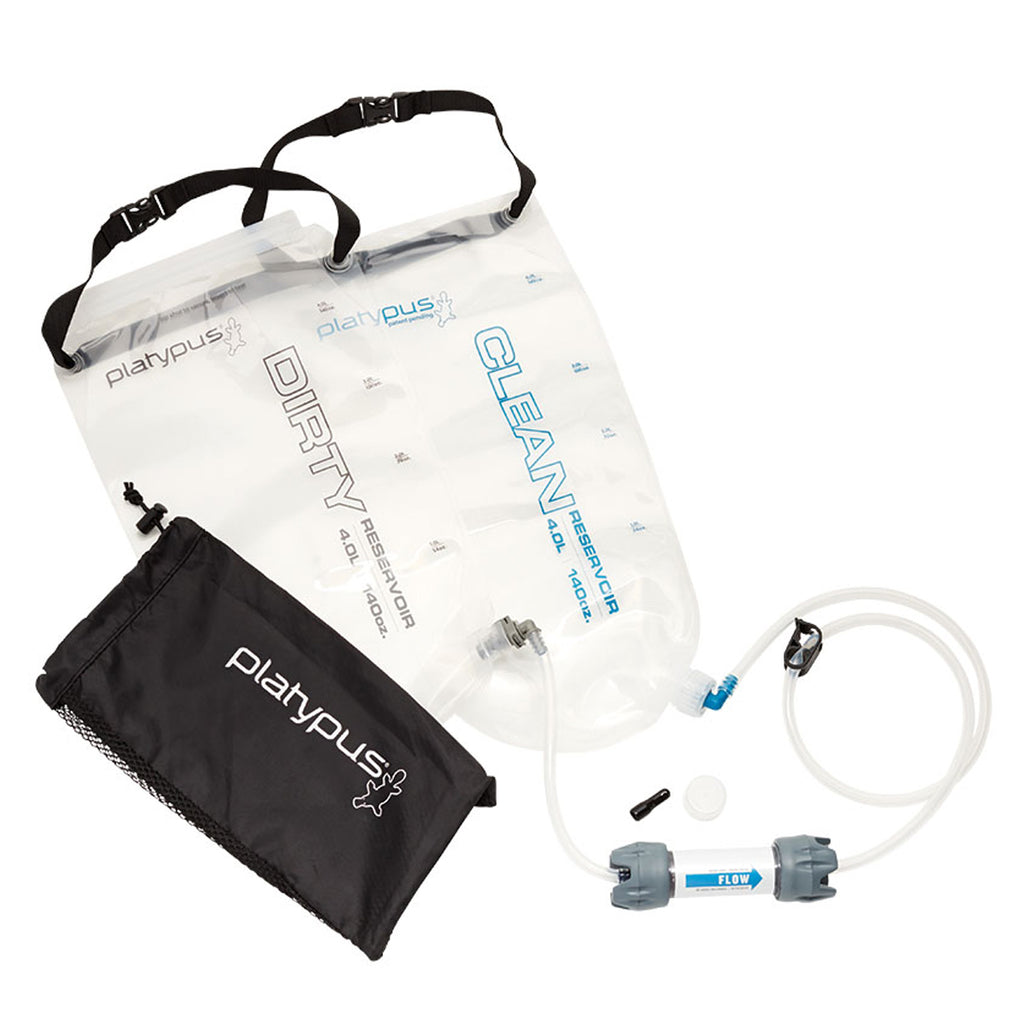
The second round of testing took place at Narbeck Wetland Sanctuary, just north of Seattle, Washington. Good luck picking up a clean scoop of water out of the rivulets running through the Narbeck Wetland Sanctuary. Ironically, some filters measured faster at the end of the initial round of testing than they had at the start my impression is that this is the result of my becoming more efficient at using the filter with practice. In most cases, there was a noticeable, if not significant effect on the length of time it took to filter one liter of water. Laura LancasterĪt the end of the first round of testing, I took the filters back home and measured how long it took to run a liter of water through each, and how that compared to the out-of-the box test. I wouldn’t want to drink that even without knowing that it was heavily contaminated with bacteria. In addition to the recorded high levels of fecal contamination, the water was also fairly scummy. Bad news for swimmers good news for filter testing. Here I filter five liters of water through each of the filters in my test. Then I took the filters to was a public beach in Bellevue, Washington, which had been closed due to high levels of fecal matter (three times more than what’s considered safe for swimming). During this process, I also noted how complicated the filter setup was out of the box. Generally, these times corresponded to the advertised times of the manufacturers. Before I began testing the filters out in the field, I first timed how long it took each to filter one liter of water. To start, I called in or purchased the most popular backpacking water filters available, along with corresponding models from their competitors. So my testing looked at what conditions can the backpacking filters withstand and still return a reasonable (or any) flow rate. The brands of course are testing to ensure that the filters can withstand a certain level of grit, but it’s rare to learn what the flow rate of the filters is after they’ve been exposed to some less-than-ideal water sources, let alone how much grit and sediment and muck a filter can take before it craps out completely. This number, however, only reflects what the filter is capable of doing right out of the box-not after you’ve taken it out on a couple of backpacking trips-or 20. Something else that you’ll often see on the packaging of backpacking water filters is the number of liters per minute that they filter. As such, my testing did not look at how well the filters dealt with bacteria, protozoa, and viruses, because all the filters in this review use EPA or NSF standards. The thoroughness of this testing is not something that can be easily replicated in the natural environment, where the pre-existing levels of bacteria, protozoa, and viruses are unknown. coli, to test the performance of their Guardian filter. coli bacteria, but also a virus that attacks E. I visited the MSR facility where they showed me the lab where they not only grow E.

All of them engage in rigorous testing, using EPA or NSF standards, both in their own facilities and through third parties, like BCS Laboratories out of Florida. Laura Lancaster How I Tested Backpacking Water Filtersīefore I even began testing, I interviewed the folks at MSR, LifeStraw, and Katadyn about how they guarantee that their filters are indeed removing bacteria and protozoa (and in the case of a few of them, viruses). So for Outdoor Life’s test of the best backpacking water filters, we decided to see which models from the top brands-including MSR, Lifestraw, Katadyn, Grayl, Platypus, and RapidPure-could handle the gnarliest water conditions backpackers can expect to find: stagnant water with high levels of bacterial contamination, the dark-tea tannin-filled water of a wetland, and silt-filled glacial runoff. Chances are, if you’ve spent enough time in the backcountry, you don’t have to imagine this scenario: It’s happened to you.

Or the nozzle jams, barely a drop coming out no matter how much you squeeze. But when you go to pump, the pressure goes slack. You sit down, pull out your bladder and your pump, and drop the intake tube into the water. Imagine this: you’re in the backcountry, nearly out of liquids on a scorcher of a day, when you hit the first water source you’ve seen for hours.


 0 kommentar(er)
0 kommentar(er)
